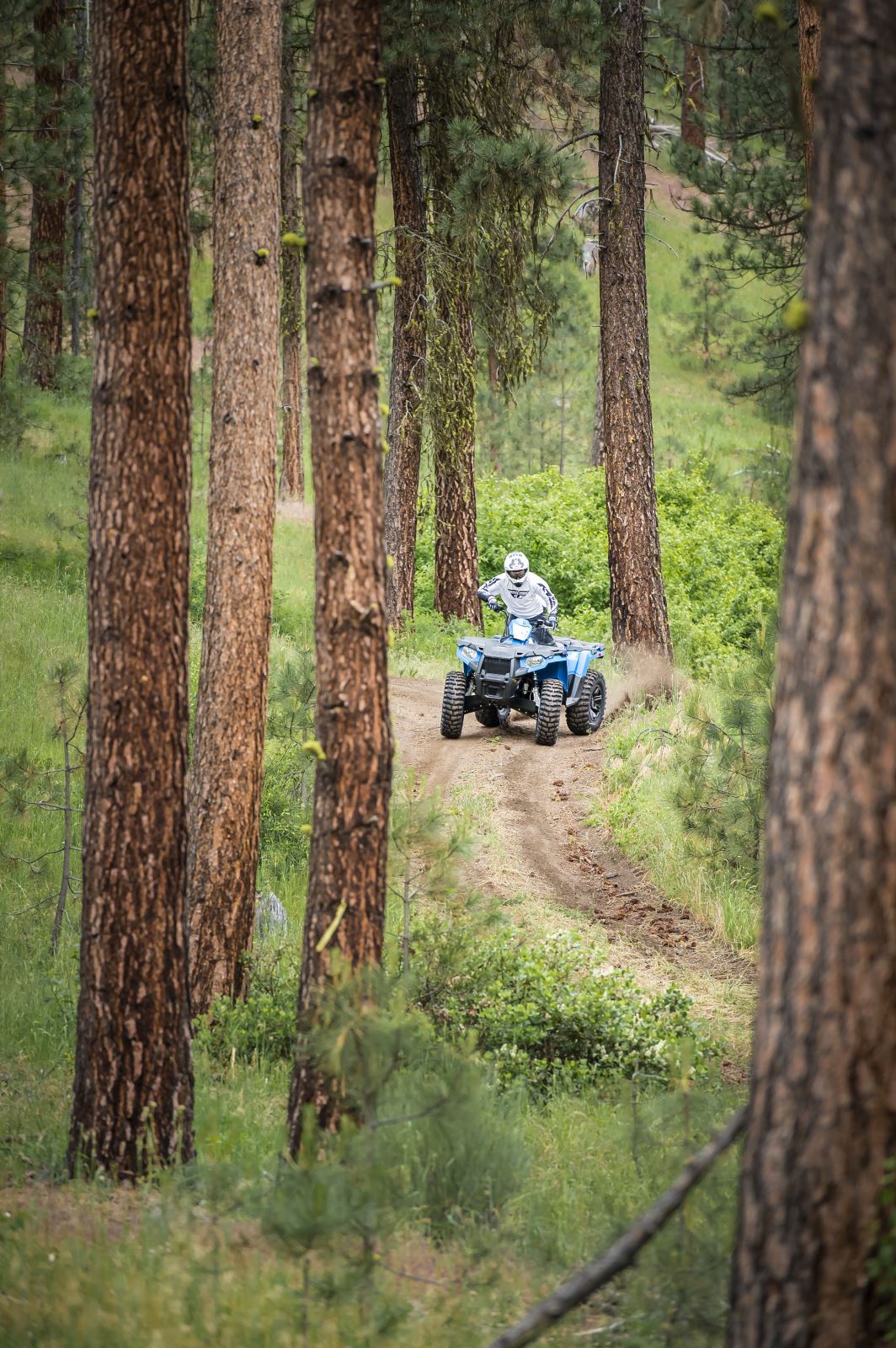
OVER-INFLATED TIRES
Respectively, over-inflated tires can potentially provide an undesirable rough ride by transferring feedback from bumps through the suspension and chassis. Plus, over-inflation can also cause abnormal tread wear.
Here’s how to determine the correct air pressure range for your tires, your machine and your riding style. This is especially important if you are running aftermarket or upgraded tires from those originally equipped on your machine from the factory. If your tires indicate a 4, 6, 8 or even a 10 ply-rating you will want to start off with a PSI at or near the recommended max PSI on the sidewall of the tire. This will at least get you near the max load-rating and strength specification of your tires.
For reference, you’ll want to find what the vehicles owner’s manual recommends for air pressure. As a rule of thumb, don’t run air pressure that is substantially lower than what is indicated by the vehicle’s owner’s manual. Keep in mind that there can be a substantial difference in what the owner’s manual and the sidewall of the tire suggests for PSI. The goal here is to find a PSI somewhere in the middle that will maximize your tire’s potential while providing you the ride characteristic you want. You’ll also want take into consideration the overall weight of your machine. If your machine is light weight in comparison to the max load-rating of your tires, lowering the air pressure to provide a better feel or feedback should be just fine. If you have a larger machine or if you will be carrying heavy loads or pulling trailers, running the max or near max PSI on the sidewall of the tire will ensure the high strength
(ply-rating) and load-rating capacities of the tire. Air pressure is something you will need to constantly monitor and adjust depending on use.
Now that we’ve covered PSI and you’ve now determined how to setup a baseline air pressure range, let’s talk about how different terrains and riding/driving styles can affect what air pressure to use. Depending on the tires you have and the terrain you will be riding on, adjusting the air pressures in your tires can make a world of difference.
Here are some helpful tips on air pressure for some of the most common riding terrains.
TRAIL RIDING

